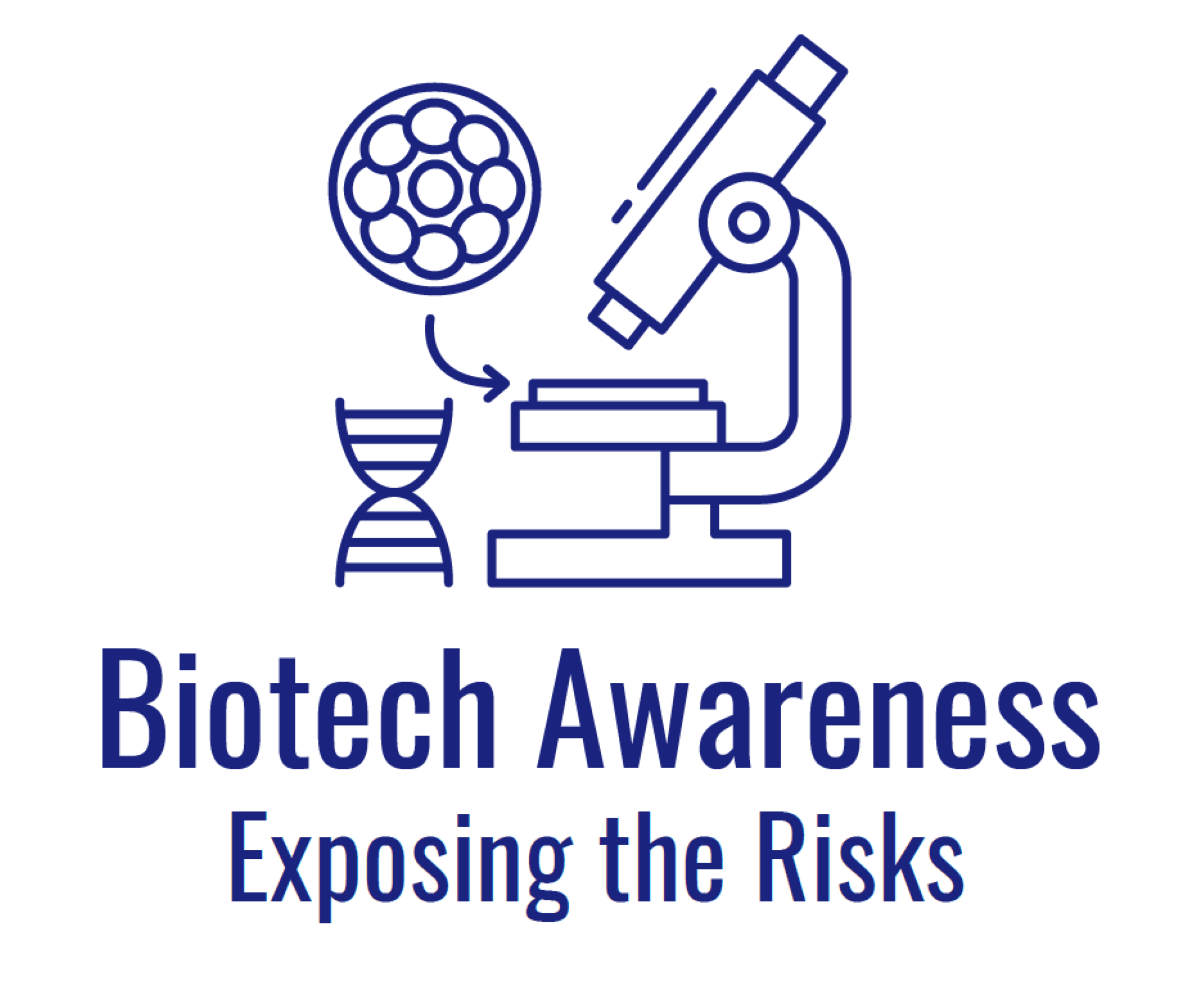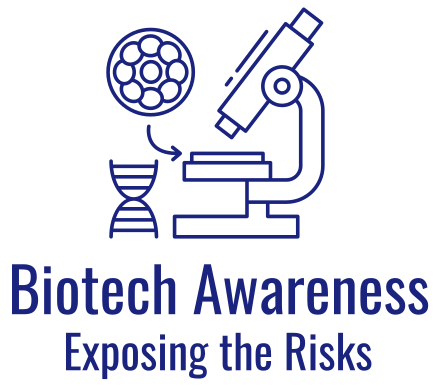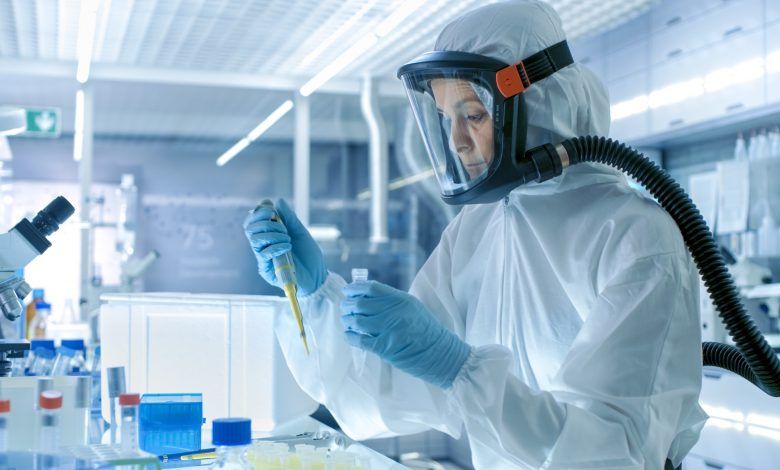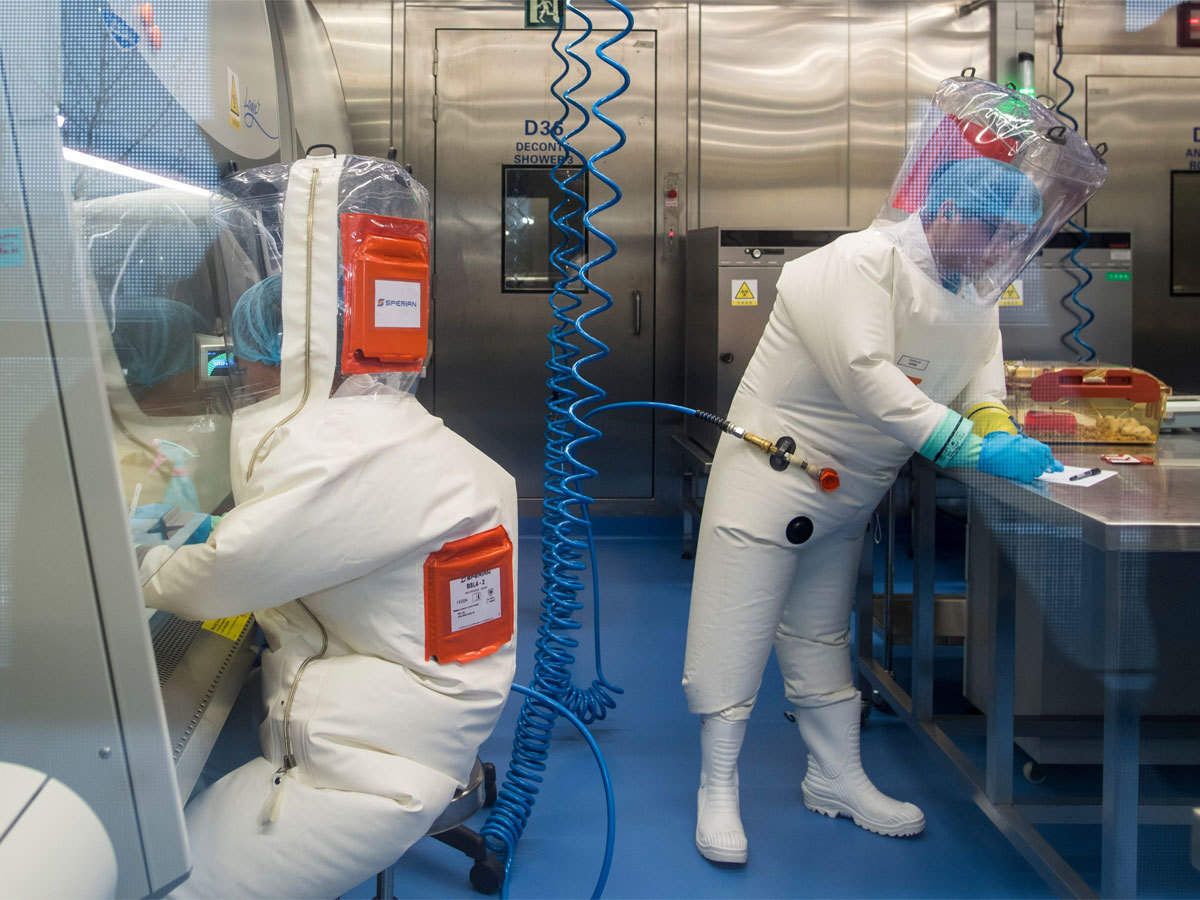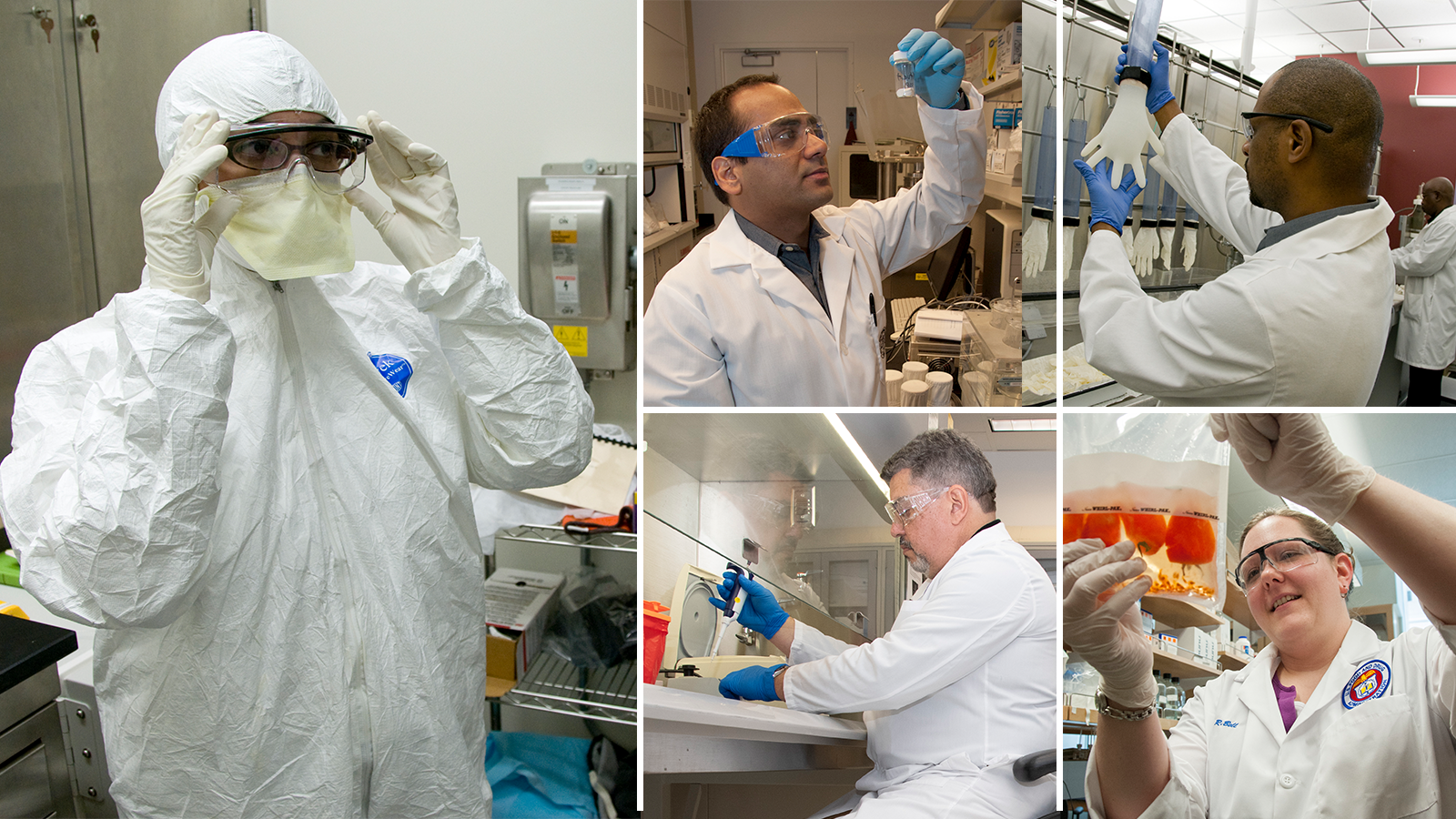Accidents
Based on 2020 results, there are than 6,600 biotech companies in the U.S. with more than 800,000 employees. Worldwide, the numbers are staggering with total market capitalization of the global biotech industry expected to reach $727.1 billion by 2025.
As discussed in the new August 2021 report by Cushman & Wakefield titled "Life Sciences on the Rise -- North American Report," the COVID pandemic caused a significant increase in unused office space, and those empty office buildings are now being used as biotech labs (with a 34 percent growth rate in laboratory space compared to one year ago).
With the tremendous growth in the biotech industry, the number of biotech companies, employees and labs is exploding. With a rapidly growing workforce and many of those new employees being untrained, it is logical to assume this will increase the potential for more accidents and injuries.
Our website highlights the personal stories relating to some of the most notable laboratory accidents and also mentions other lab accidents throughout our discussion.
Inside America's Secretive Biolabs
Investigative report by USA Today
Vials of bioterror bacteria have gone missing. Lab mice infected with deadly viruses have escaped, and wild rodents have been found making nests with research waste. Cattle infected in a university's vaccine experiments were repeatedly sent to slaughter and their meat sold for human consumption. Gear meant to protect lab workers from lethal viruses such as Ebola and bird flu has failed, repeatedly.
A USA TODAY Network investigation reveals that hundreds of lab mistakes, safety violations and near-miss incidents have occurred in biological laboratories coast to coast in recent years, putting scientists, their colleagues and sometimes even the public at risk.
Oversight of biological research labs is fragmented, often secretive and largely self-policing, the investigation found. And even when research facilities commit the most egregious safety or security breaches — as more than 100 labs have — federal regulators keep their names secret.
Of particular concern are mishaps occurring at institutions working with the world's most dangerous pathogens in biosafety level 3 and 4 labs — the two highest levels of containment that have proliferated since the 9/11 terror attacks in 2001. Yet there is no publicly available list of these labs, and the scope of their research and safety records are largely unknown to most state health departments charged with responding to disease outbreaks. Even the federal government doesn't know where they all are, the Government Accountability Office has warned for years.
Lab accidents are regrettably too frequent. So that their memory is never forgotten, the Laboratory Safety Institute maintains this list of those who have lost their lives in lab accidents.
--The Laboratory Safety Institute (LSI)
The most recent names are shown in the image on the left. To download a pdf of the complete list, click here. Keep in mind this list includes only those killed in lab accidents, but it does not include the countless employees who have been injured in these labs.
We have taught lab safety courses to more than 100,000 people in 30 countries, spanning 130 different industries, including research, high-tech, government, medicine, and academia. Our courses open eyes with real-life stories that teach unforgettable safety lessons.
--The Laboratory Safety Institute (LSI)
LSI's Lab Safety Guidelines have been translated into 22 languages. You can request a copy.
Laboratory Safety Resources
ISO 35001 (International Guidelines)
The International Organization for Standardization (ISO) develops environmental, safety, and other standards for a wide-array of products and processes.
In 2019, the organization released
ISO 35001, a standard on biorisk management for laboratories that work with dangerous pathogens.
World Health Organization (WHO)
In December 2020, the World Health Organization published the 4th edition of their "Laboratory Biosafety Manual."
Emphasis is placed on the importance of a "safety culture" that incorporates risk assessment, good microbiological practice and procedure, appropriate training, and prompt reporting of incidents and accidents followed by appropriate investigation and corrective actions.
U.S. CDC and NIH (US Guidelines)
In June 2020, the U.S. Centers for Disease Control (CDC) and National Institutes of Health (NIH) published the 6th Edition of their book titled "Biosafety in Microbiological and Biomedical Laboratories (BMBL)." This is an advisory document recommending best practices for the safe conduct of work in biomedical and clinical laboratories from a biosafety perspective.
OSHA Standards (Federal and State)
There are several specific OSHA standards that apply to laboratories.
There are also 28 State Plans approved and monitored by OSHA. These State Plans must be at least as effective as OSHA standards in protecting workers and preventing work-related injuries, illnesses and deaths.
Lab Safety Resources
There are many additional resources available regarding laboratory safety. Here are just a few options: World Health Organization (WHO), U.S. Centers for Disease Control and Prevention (CDC), Lab Safety Specialists, National Institutes of Health (NIH), Stanford Biosafety and Security and Western University,
